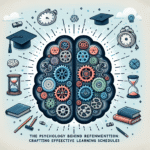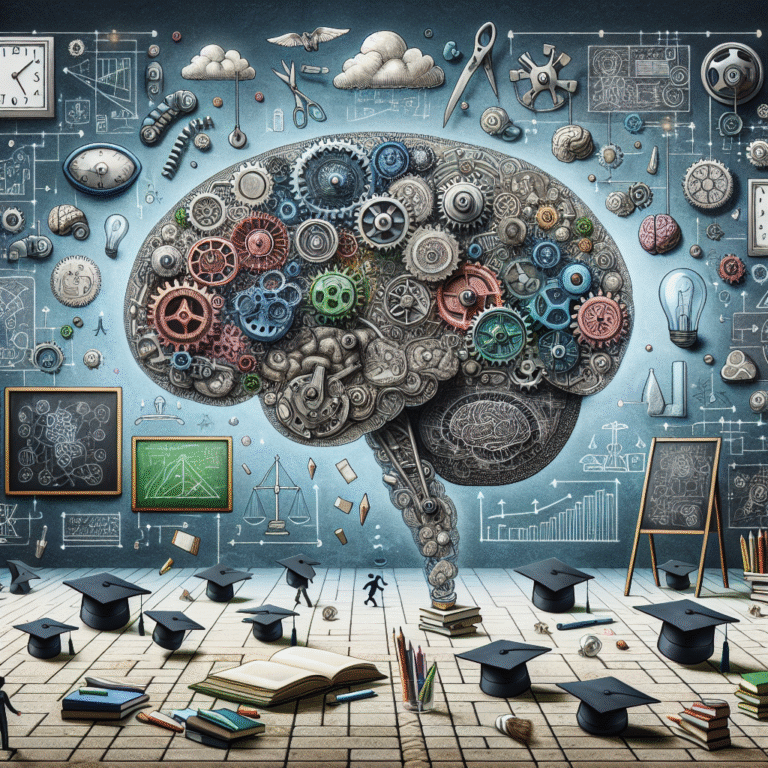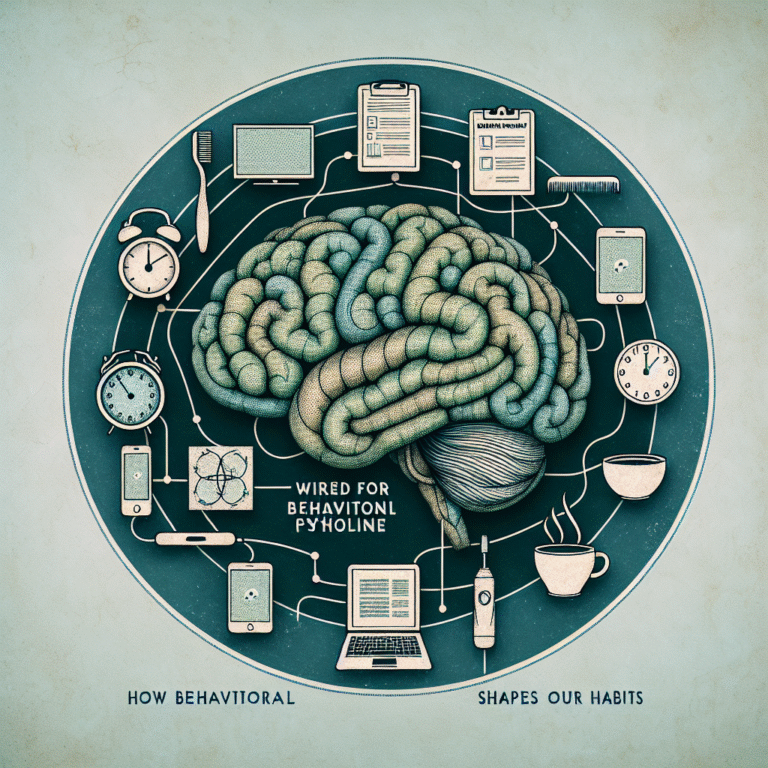
Introduction
In the intricate tapestry of human behavior, imitation and identification stand out as fundamental threads that weave our social experiences. From the toddler mimicking a parent to teens adopting the language and mannerisms of their peers, imitation and identification are at the heart of social learning. This phenomenon plays a pivotal role in shaping our values, beliefs, and behaviors, often determining our success in personal and professional spheres. In this in-depth article, we will explore the dynamics of imitation and identification, providing unique insights and real-world applications to decode the complex web of social learning.
The Foundations of Social Learning
What is Social Learning?
Social learning is a theory that explains how we learn from, and adapt to, our social environments. By observing others and the consequences of their actions, we acquire new behaviors without direct experience. This process is critical for adapting to societal norms and fostering interpersonal relationships.
The Roles of Imitation and Identification
-
Imitation involves replicating the behaviors of others. It’s primarily a behavioral response to observe and replicate actions, often seen in young children as they explore their world.
- Identification, on the other hand, goes deeper. It is the psychological process where individuals assimilate the values, beliefs, and norms of another individual or group, often leading to a lasting change in behavior or attitudes.
Understanding these concepts is essential for anyone interested in psychology, education, marketing, or social dynamics.
The Mechanics of Imitation
How Imitation Works
Imitation is primarily a product of observation. When one individual observes another performing a behavior, they can replicate it, especially if the role model is perceived as successful or admirable.
Case Study: The Bobo Doll Experiment
Albert Bandura’s Bobo Doll experiment in the 1960s is a cornerstone in understanding imitation. In this study, children who observed adults behaving aggressively towards a Bobo doll were more likely to display aggressive behavior themselves when given the opportunity.
Analysis: This experiment demonstrated that imitation occurs regardless of whether the behavior is positive or negative, showcasing how powerful models can influence children’s actions.
Benefits of Imitation
-
Rapid Learning: Imitation allows individuals to acquire skills quickly.
-
Social Cohesion: By mimicking behaviors, individuals reinforce group norms and promote bonding.
- Cultural Transmission: Imitation is essential for passing down traditions and values across generations.
The Dynamics of Identification
Understanding Identification
Identification is more complex than imitation. It often involves emotional and cognitive processes where an individual aligns themselves with the values of a reference group or individual.
Case Study: Adolescent Peer Groups
Consider a group of teenagers. To fit in, they may adopt the fashion choices, speech patterns, and even attitudes of their peers, often disregarding their previous preferences. This identification can result in significant behavioral changes and reinforce group identity.
Analysis: This phenomenon highlights how powerful social influences can shape identity during formative years, underscoring the vital role of identification in social learning.
The Impact of Identification
-
Personal Identity Development: Identification helps shape an individual’s self-concept.
-
Behavioral Change: People may change their actions to align with those they identify with, often leading to long-term changes.
- Group Dynamics: Identification can strengthen group bonds, creating a sense of belonging and community.
Imitation vs. Identification: Key Differences
| Aspect | Imitation | Identification |
|---|---|---|
| Nature | Behavioral replication | Emotional and cognitive alignment |
| Depth | Surface-level behavior | Deep-rooted beliefs and values |
| Timeframe | Short-term | Long-term |
| Outcomes | Skill acquisition | Identity transformation |
The Role of Technology in Social Learning
Social Media and Imitation
The rise of social media platforms has amplified the dynamics of imitation. From TikTok dance challenges to Instagram influencers promoting lifestyles, individuals are constantly exposed to models they might imitate.
Case Study: Influencer Culture
The phenomenon of social media influencers serves as a modern illustration of imitation and identification. Followers often replicate looks, phrases, and behaviors of favorite influencers, hoping to embody their perceived success or beauty.
Analysis: This illustrates that the digital age has magnified the effects of imitation and identification, leading to both positive and negative social outcomes.
The Downside of Imitation and Identification
Despite its benefits, imitation and identification can also lead to adverse effects. The pressure to conform can promote harmful behaviors, such as substance abuse or unrealistic body images, particularly among vulnerable populations like adolescents.
Practical Strategies for Effective Social Learning
-
Choose Positive Role Models: Surround yourself with individuals who exhibit the behaviors and values you wish to adopt.
-
Reflect on Influences: Take time to identify who you are imitating or identifying with and consider whether these influences are positive or negative.
-
Promote a Growth Mindset: Encourage those around you, especially children, to embrace failures and learn from them rather than strictly imitate success.
-
Leverage Technology Wisely: Use social media to connect with uplifting content and positive community influencers.
- Encourage Open Dialogue: Foster environments where individuals can express their thoughts on who they identify with and why, promoting self-awareness.
Conclusion
In a world where our behaviors and beliefs are largely shaped by those around us, understanding the dynamics of imitation and identification is crucial. These social learning processes govern much of our interactions and can lead to significant personal growth or detrimental effects. By being conscious of whom we imitate and identify with, we can steer our behaviors in a more positive direction, ultimately benefiting not only ourselves but also our communities.
FAQs Section
1. What is the difference between imitation and identification?
Imitation is the direct replication of behaviors observed in others, while identification involves adopting the beliefs and values of another individual or group on a deeper emotional and cognitive level.
2. How can imitation have both positive and negative effects?
Imitation can foster learning and skill development when we model positive behaviors, but it can also lead to the adoption of negative behaviors, especially if the role models are not conducive to healthy outcomes.
3. What role do parents play in imitation and identification?
Parents are primary role models for children. Their behaviors, attitudes, and values are often imitated or identified with, making parental influence crucial in shaping a child’s character and beliefs.
4. Can social learning happen without imitation and identification?
While imitation and identification are the primary avenues for social learning, other forms, such as direct instruction or experiential learning, also contribute to how individuals acquire knowledge and skills.
5. How can we encourage positive social learning in children?
Encouraging children to choose positive role models, fostering self-reflection, and creating an environment that promotes open dialogue and critical thinking can enhance positive social learning.
By equipping ourselves with this knowledge of imitation and identification, we can better navigate the social landscapes we inhabit, enriching our lives and communities in meaningful ways.


















